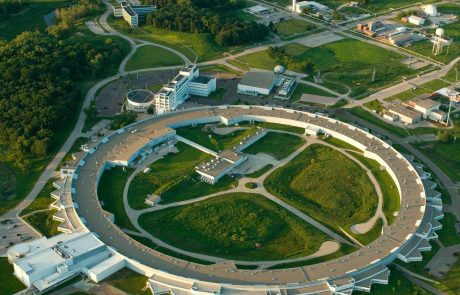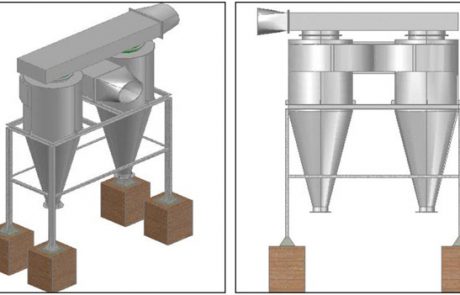
ULTRAFITRATION (UF) PLANT

Ultrafiltration is a modern alternative to the classical sand and multimedia filters like reverse osmosis a pressure-driven membrane process. It removes any kind of particles from the water. Compared to microfilter action it has a smaller pore size and thus holds back bacteria and viruses to > 99.999%. Thus, ultrafiltration is an effective microbiological barrier.
The filtrate is independent of raw water quality fluctuations reliable and free from particle and turbidity. As pre-treatment of reverse osmosis, it also reduces the fouling potential of the raw water significantly. Due to its sterilizing effect, ultrafiltration plays an increasingly important role in the field of water recycling.
The ultrafiltration provides a constant good and compared to classical sand and multimedia filters significantly better filtrate quality even with fluctuating raw water qualities.
With sand and multimedia files an Ultrafiltration retention of approx. 10 μm is achieved while ultra-filtration provides an absolute barrier with its pore size of approx. 0.02 μm. If a flocculant is used to reduce the organic load of the water, with ultrafiltration, in contrast, to conventional flocculation, the formation of small flocs is sufficient to remove them from water, which enables a more stable process. At higher turbidity values the UF can be combined with a lamella settler upstream. Further fields of application are the removal of iron, manganese, and arsenic or as filtration stage after a lime precipitation reactor.
Pressure <1 bar, yield> 98%
Due to their high stability hollow fiber membranes have prevailed in ultrafiltration. They can be backwashed, which significantly enhances the possibility of removing deposits. The membranes used in ultrafiltration are made of polyether sulfone and thus chemically very stable so they can be regularly rinsed with acid and caustic and disinfected with oxidizing agents such as chlorine. The usual pressure range is <1 bar, which makes ultrafiltration also from an energetic point of view an interesting process. The filtration in dead-end mode is preferred because of its low energy consumption. In this case, the yield is determined by the duration and the frequency of the backwash.
Chemical cleaning or backwash is triggered on demand based on the differential pressure build-up across the membrane caused by the particles removed from the water. Depending on the raw water quality yields of > 98% can be achieved and may even be increased to 99% in combination with rinse water recycling. Only for waters with high particle load, the ultrafiltration membrane is operated in cross-flow mode with a permanent particle discharge.
Ultrafiltration with backwash water recycling








